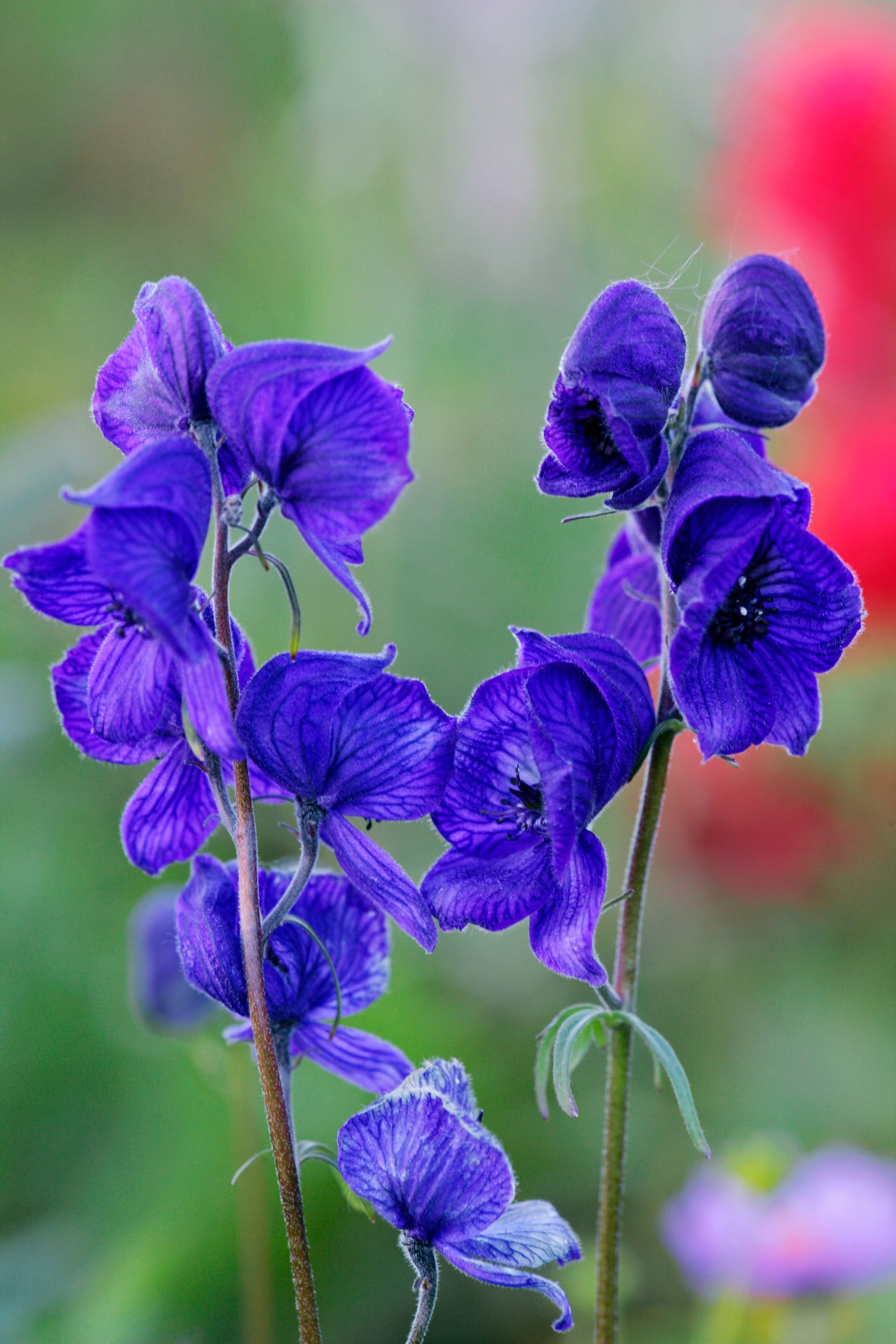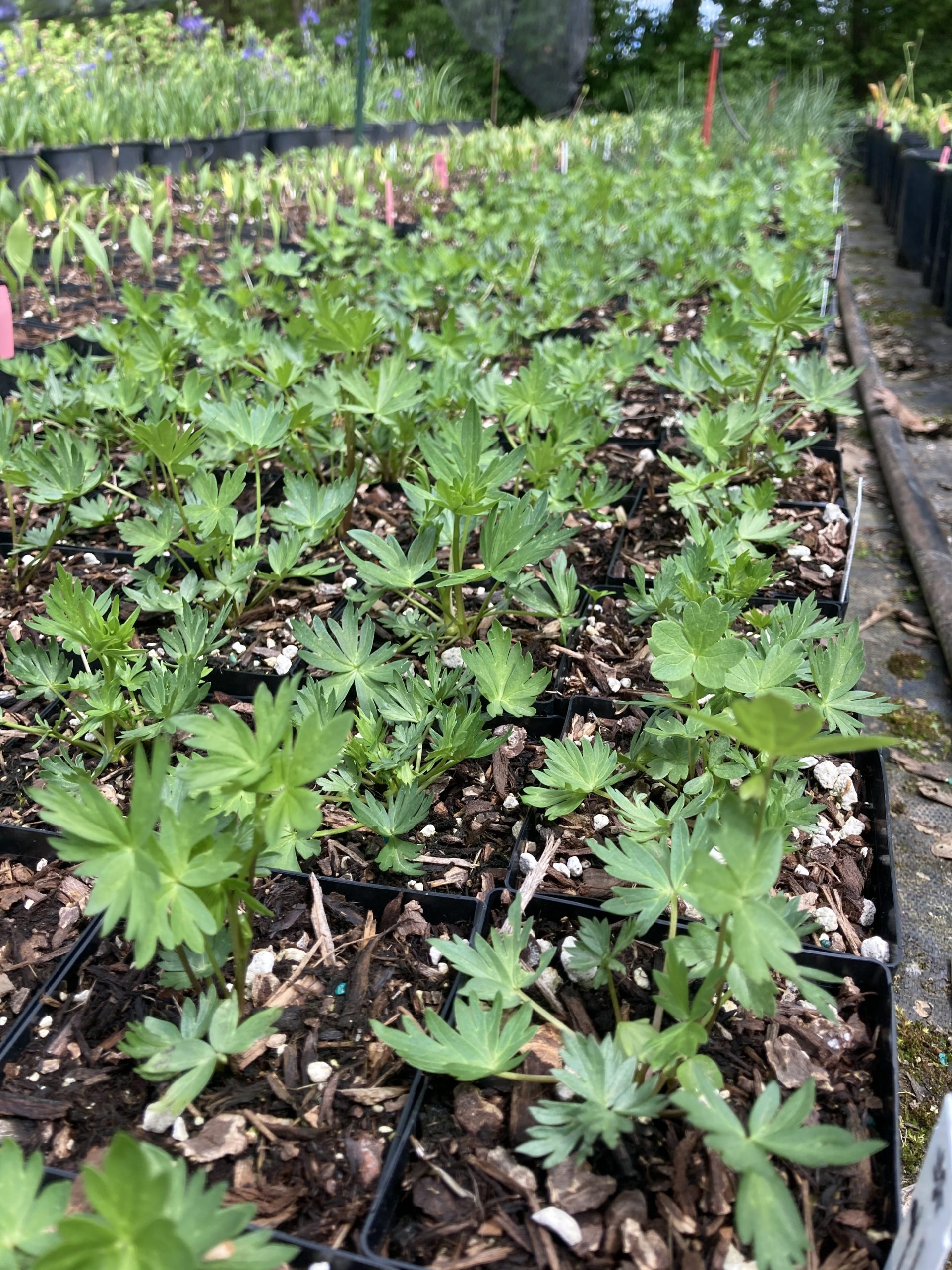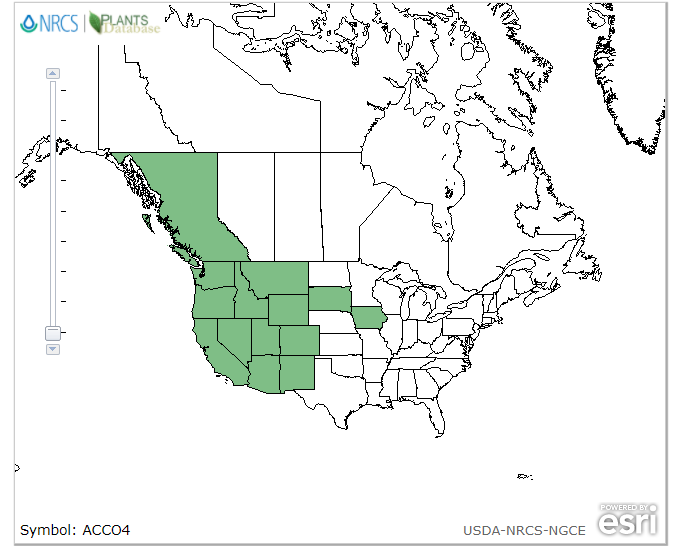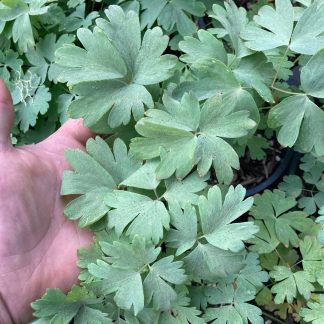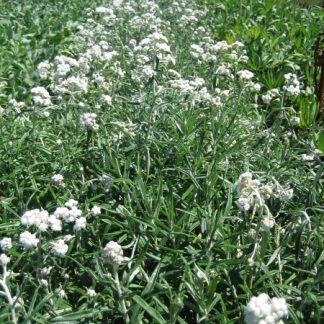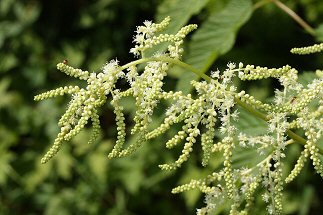Aconitum columbianum
Columbian monkshood
Habit: a perennial herb with tall flowering stalks and beautiful palmate leaves. The several hollow stems grow from tuberous roots, reaching up to 6 feet in length. Foliage is mostly cauline; the lower leaves bear long leafstalks, while upper ones are nearly stalk-less. The blades are wide and divided into 3-7 coarsely toothed lobes, with deep midribs radiating from the center. The showy inflorescence grows in a panicle or raceme, producing uniquely shaped flowers. The corolla is composed of 5 deep-blue sepals; the uppermost sepal is longer and higher with the tip bent as a hood. Petals are reduced and concealed by the hood-shaped sepal. This species can present a variety of flower colors; specimen with white, yellow or greenish-tinged sepals are occasionally found.
Ecology: Columbian monkshood is commonly found in deciduous forests, bogs and mountain meadows, in moist to wet climates. It is native from Western North America, from Alaska to California, and east to Iowa, Colorado and New Mexico.
Growing conditions: it enjoys sunny to partially shady spots, with wet or moist soils. It is a good choice for a moist perennial bed or wildflower garden. Slugs are a potential insect pest for this species.
All parts of the plant contain highly poisonous alkaloids, which are especially toxic to livestock. The tubers contain a substance called aconitin, which can cause heart fibrillation and hallucinations with a sensation of flying. Curiously, popular myths and folklore tell that the plant was used for making flying ointment, a substance witches used to be able to fly.
Specs
Herbaceous perennial
1.5-6.5 feet (0.5-2 m)
8-16 inches (20-40 cm)
3b to 8b

